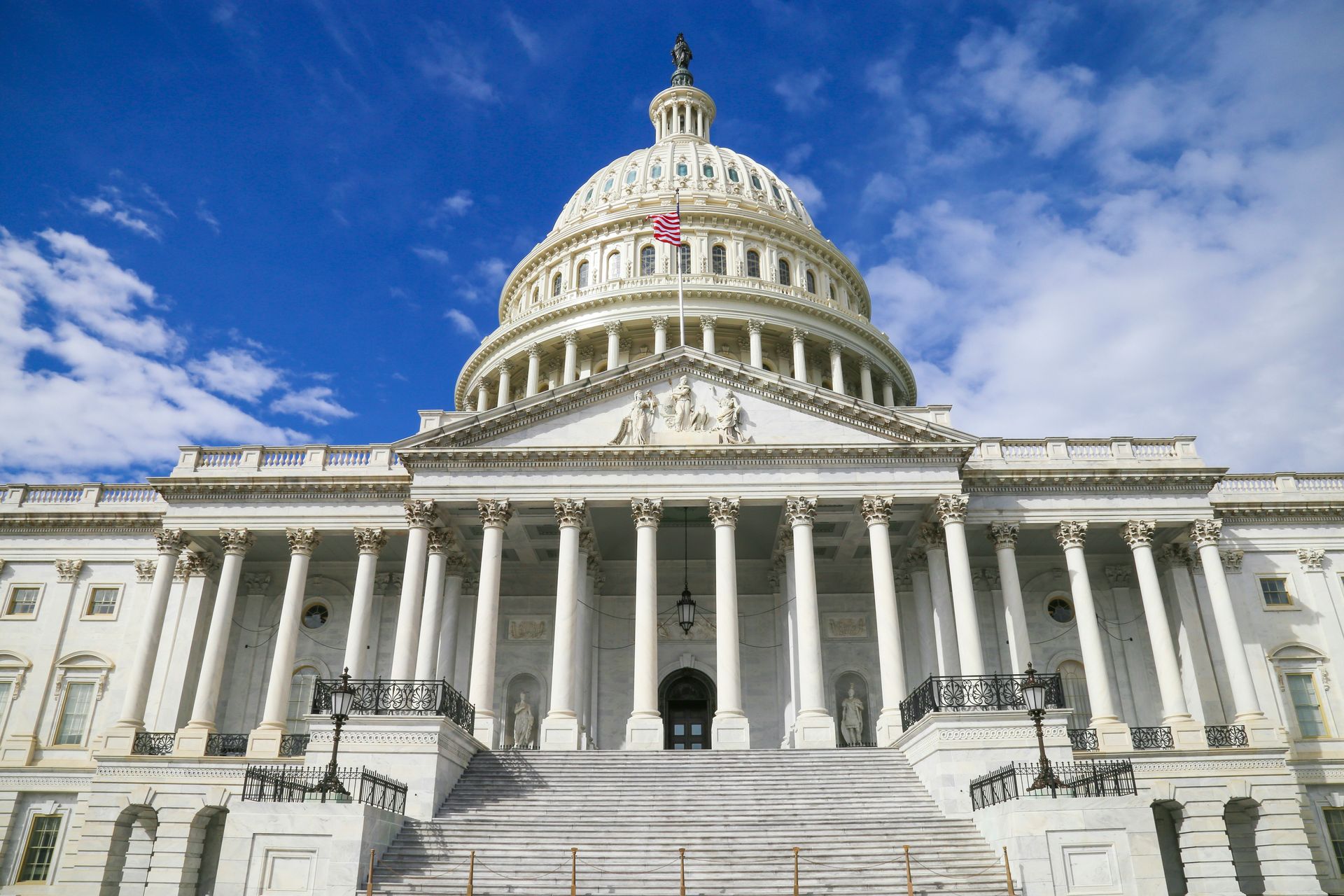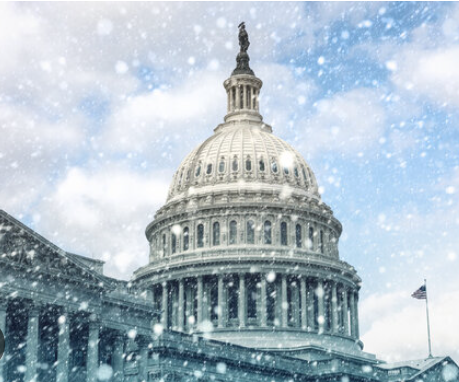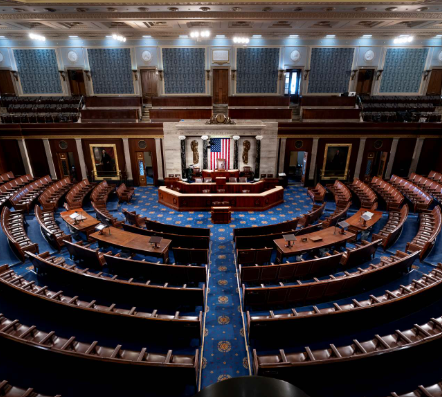Nap Time is Over: The Economy Relies on Quality Childcare and Fair Wages
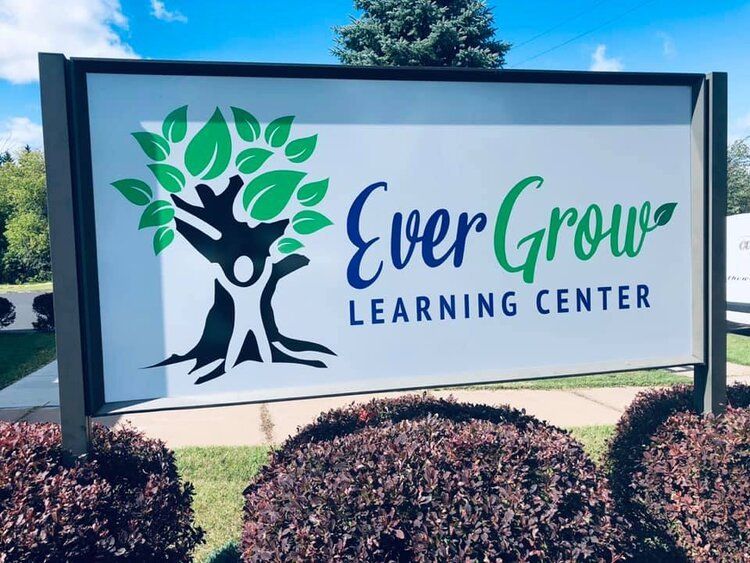
Mari Kay-Nabozny, CEO
Northwest Wisconsin Workforce Investment Board (NWWIB)
Sometimes all you need is the spark of an idea and fiery passion to successfully execute an ambition which seemed impossible. The idea of the EverGrow Learning Center was the subject of a NAWB Forum breakout session in 2018. I heard at the end of that presentation from an audience member who said, “Young lady, if you can pull this off it would be a miracle and I give you a lot of credit for trying.” While I truly appreciated the ‘young lady’ part of that statement, it is the part about accomplishing a miracle that has really stuck with me.
I have led the Northwest Wisconsin Workforce Investment Board (NWWIB) since 2012, and this is my favorite story to tell, and one I am passionate about. Over the course of three years, NWWIB collaborated with stakeholders throughout the region to launch a community non-profit childcare center serving 94 children. EverGrow Learning Center is the result of collaboration stemming from years of community organizations identifying the decreasing number of childcare providers as a major concern, amid increasing demand for affordable, high-quality childcare. Conversations at local and national forums and local surveys about this issue provided data and testimonials about the struggles to find providers and the irregularity of care hours. The astronomical cost of childcare was also identified as a barrier impacting all workers, with the cost childcare often higher than what take-home wages would be.
So beginning in 2016, NWWIB board staff led a group of several partners– including a local economic development organization, a regional Small Business Development Center, and employers– in the coordination of building a non-profit childcare center from the ground up. Through a unique capital stack of direct loans, foundation grants, and donor and employer support, the EverGrow Learning Center LLC opened its doors in November 2019.
Prior to its leadership of the EverGrow Learning Center project, the NWWIB had long understood the relationship between childcare and economic and workforce development. If parents cannot find or access childcare, they are unable to get to work. Women especially have shouldered this extra burden, which creates barriers even further intensified by COVID-19. Even with the great strides that women have made in the workforce, traditional gender roles still seem to apply when it comes to the responsibility of child rearing, as we have seen with the pandemic.
On Equal Pay Day, the U.S. DOL Office of Federal Contract Compliance Programs summarized this situation in its bulletin:
“The pandemic exacerbated challenges faced by working women. Industries in which women – and particularly women of color – were overrepresented were hit hard by job losses. Many women were forced to leave the labor force or drop to part-time work, due to increased caregiving responsibilities as our care infrastructure collapsed, as well as other challenges. Even as the economy recovers and unemployment improves, women have had a slower return to the labor force, with Black women still experiencing the highest levels of unemployment. Women seeking to re-enter the workforce will face barriers due to periods of unemployment, loss of seniority and advancement opportunities, and access to education and training.”
The concept and growth of the EverGrow Learning Center took root in 2016. Six years later, we are still having the same conversations.
Childcare is a workforce issue. It is not solely a parental or women’s issue: it is a societal and economic issue. Parents should not be in a position where having a family prohibits their participation in the workforce because they cannot afford or find childcare.
Further, early childhood education employees are a workforce that has long been overlooked and undervalued. We cannot address the workforce barrier of childcare without also discussing the childcare workforce itself, and what can be done to elevate and equitably pay those workers. To assist in economic recovery from the pandemic, we must find innovative solutions to engage with workers who have left the workforce or are phasing themselves out, and find a way to support the childcare workers who are struggling to make ends meet. U.S. History has shown us that this is indeed possible: I think of the childcare programs of World War II, or the programs available currently within the U.S. Military.
At the federal and state level, childcare is finally being discussed like the infrastructure issue that it is. Within our state, the Wisconsin Economic Development Corporation’s “Wisconsin Tomorrow” report cites “increasing the availability of affordable, quality childcare and childhood education” as a community infrastructure issue that needs to be addressed to increase overall economic wellbeing. Wisconsin is attempting to address childcare infrastructure issues with the Project Growth program, administered by the Wisconsin Department of Children and Families, but these grant funds are only a temporary solution to many of the childcare system’s issues, such as access and adequate compensation to providers for the “true cost” of childcare.
Uniting to implement long-term, sustainable solutions to the childcare issue would have a major impact on future generations. Giving children consistent, high-quality care during their prime developmental phases can only help to strengthen our future workforce pipeline.
NWWIB continues to have a role in the EverGrow Learning Center, which is still navigating the effects of the pandemic, which began just five months after its grand opening. We also continue to assist other communities and regions as they tackle childcare issues. We will continue to advocate for fair wages for childcare workers and fight the barriers individuals face in accessing childcare, barriers which hamper both the workforce of today and the workforce of tomorrow.
References and Further Reading:
- No One is Coming to Save Us Podcast, Season 1 (https://lemonadamedia.com/show/noictsu/)
- Today is Equal Pay Day - U.S. DOL Office of Federal Contract Compliance Programs sent this bulletin: (https://content.govdelivery.com/accounts/USDOLOFCCP/bulletins/30eeb0f)
- Workforce Waves, Episode 44: Childcare and Workforce Development – Challenges & Opportunities (http://www.nwwib.com/podcast)
- Wisconsin Economic Development Corporation, Wisconsin Tomorrow Report (https://wedc.org/wp-content/uploads/2021/04/WEDC_Wisconsin-Tomorrow-2021_V2-5.21-2.pdf)
- Project Growth (https://projectgrowth.wi.gov/)
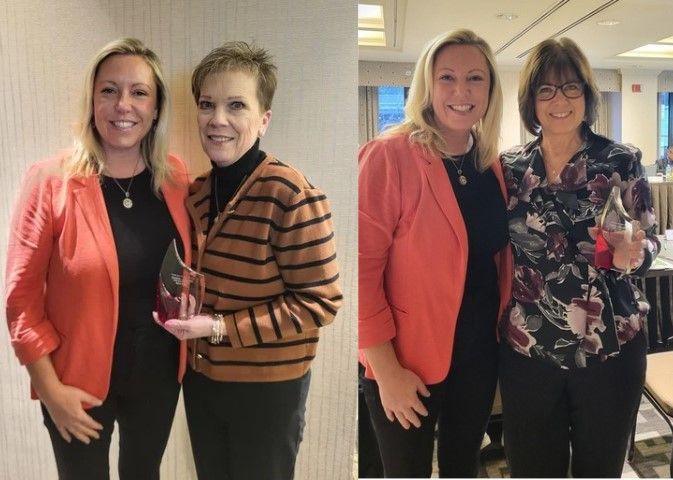
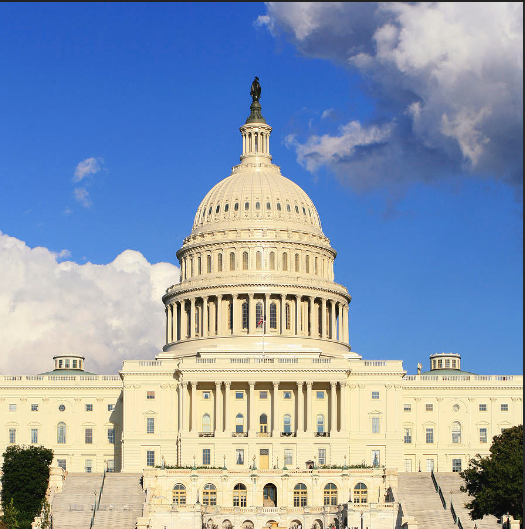
National Association of Workforce Boards | All Rights Reserved |
Created by Olive + Ash.
Managed by Olive Street Design.


